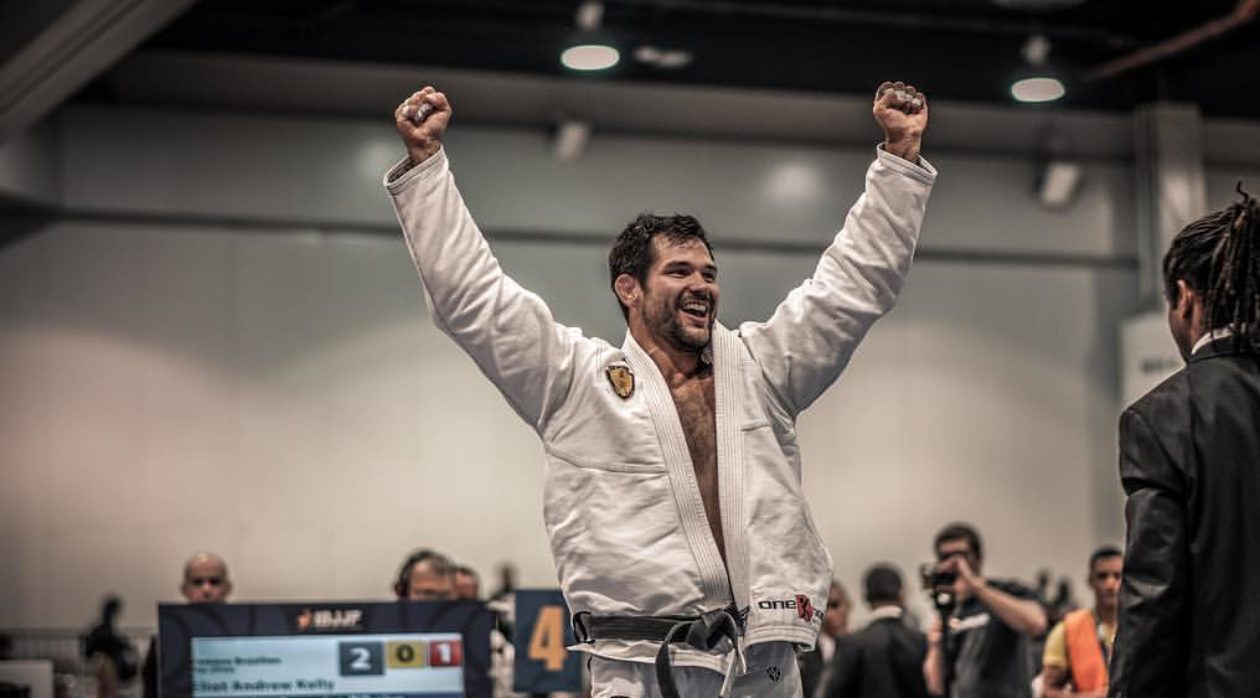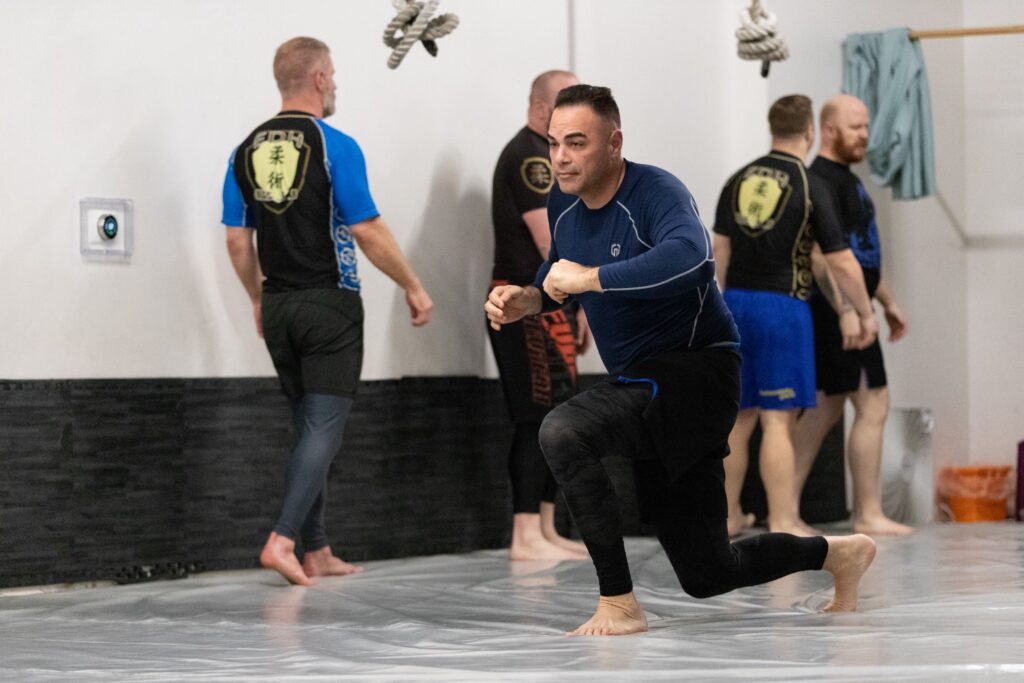In the intricate dance of takedown wrestling, mastering specific techniques can be the difference between victory and defeat. One such technique is the single leg takedown, a fundamental maneuver that every serious grappler needs to have in their arsenal. Among the various variations of the single leg takedown, the “head inside” single leg is particularly effective. This post will delve into the nuances of stopping the head inside single leg takedown, breaking down the mechanics, strategies, and common mistakes to avoid.
Understanding the Head Inside Single Leg
The single leg takedown involves grabbing one of your opponent’s legs to disrupt their balance and bring them to the mat. The “head inside” variation means that the attacker’s head is positioned inside, closer to the opponent’s body, rather than outside. This positioning offers several advantages, including better control and negate guillotine type attacks.
Steps to Perform the Head Inside Single Leg
- Setup: Begin with a proper stance, keeping your hips low and your posture upright. Engage with your opponent using hand fighting techniques to create an opening.
- Penetration Step: Take a deep penetration step towards your opponent. Your head should be positioned to the inside of their body.
- Grip the Leg: As you step in, use your hands to secure a strong grip around your opponent’s leg.
- Head Position: Keep your head pressed against your opponent’s side, driving into them to disrupt their balance.
- Finish the Takedown: From here, there are multiple finishes. You can lift the leg and drive forward, sweep the standing leg, or rotate to trip your opponent backward.
Defending Against the Head Inside Single Leg
Defending against a head inside single leg takedown requires anticipation, timing, and proper technique. Here are the steps to effectively counter this move:
- Sprawl: As your opponent shoots in, immediately sprawl by throwing your legs back and driving your hips down into their back. This action forces their head downward and away from your body, neutralizing their leverage.
- Whizzer: If they manage to get a grip on your leg despite your sprawl, use a whizzer (overhook) with your near arm. Hook your arm over their attacking arm and apply downward pressure. This adds another layer of defense, making it challenging for them to complete the takedown.
- Hip Pressure: Maintain consistent hip pressure on your opponent’s back and shoulder to keep them flat on the mat. Shifting your weight appropriately can control their movements and limit their ability to advance the takedown.
- Recover and Counter: Once you’ve disrupted their takedown attempt, transition to a counter-attack. This could involve circling behind them for a takedown, executing a front headlock, or standing up to reset the position.
Common Mistakes to Avoid in defending a single leg
- Wrapping around the back: Sometimes people wrap around the back to hold on. This only makes things worse as you have no hip pressure to fight against the takedown.
- Lack of Hip Pressure: Without adequate hip pressure, your opponent can regain their stance and drive through your defenses.
- Overcommitting to the Sprawl: While sprawling is crucial, overcommitting can lead to a loss of balance, allowing your opponent to recover and potentially counter your sprawl.
Mastering the head inside single leg takedown, both offensively and defensively, is essential for any grappler aiming to improve their takedown game. Understanding the mechanics, maintaining proper technique, and anticipating your opponent’s moves can give you a significant edge on the mat. Practice these steps diligently, and you’ll find yourself more confident and successful in executing and defending against this fundamental wrestling move.
EDH Jiu-Jitsu: Empowering Communities Through Martial Arts
EDH Jiu-Jitsu is a dedicated martial arts academy that focuses on teaching Brazilian Jiu-Jitsu (BJJ) to individuals of all ages and skill levels. Located in the vibrant community of El Dorado Hills, California, EDH Jiu-Jitsu serves a diverse group of practitioners, ranging from young children to adults, including beginners and advanced competitors. The academy emphasizes discipline, respect, and personal growth, fostering a supportive and inclusive environment. By offering tailored programs and classes, EDH Jiu-Jitsu helps students build physical fitness, self-defense skills, and mental resilience, contributing positively to the overall well-being and cohesion of the communities it serves.












